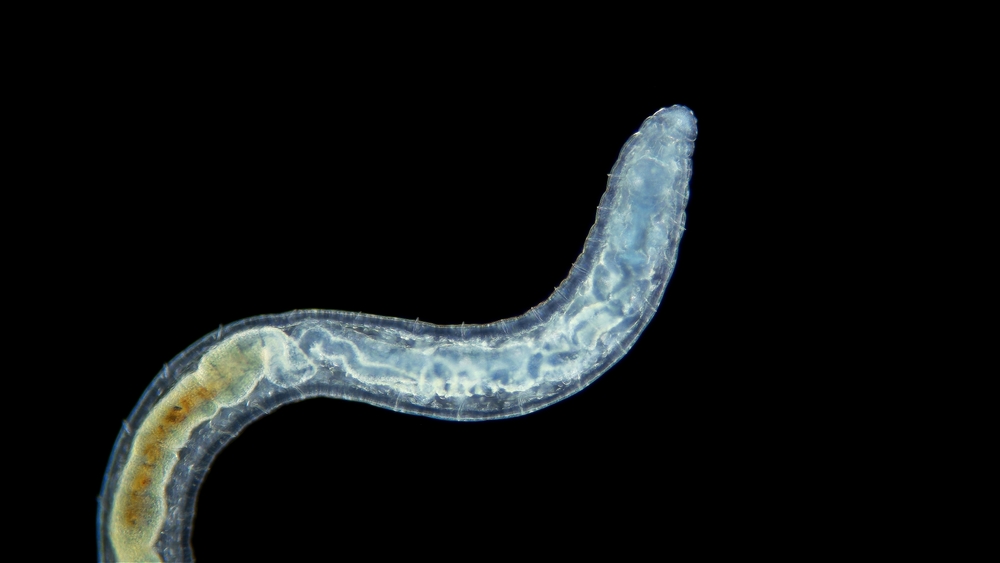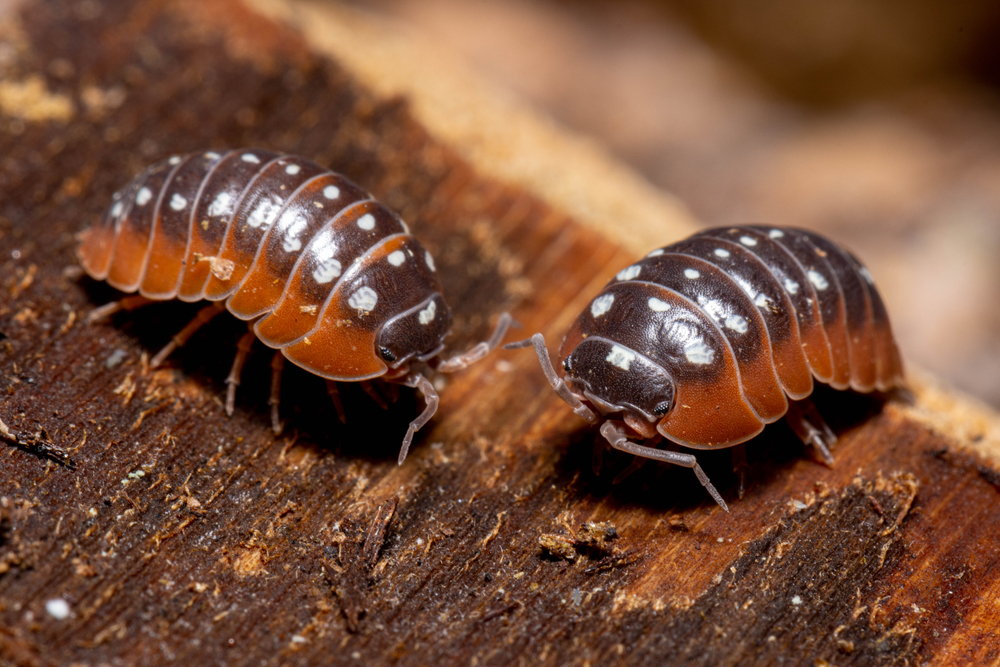Choosing a “clean up crew” for your bioactive setup can be as simple or complicated as you like. Luckily, no matter whether you’re embarking on an arid build or creating a tropical ecosystem, there are plenty of helpful custodians to choose from. Here’s our break down of the best…
Arid Bioactive Clean Up Crew
Firebrat (Thermobia domestica)
Firebrats are the latest live food craze. They are capable of thriving in extremely hot and arid conditions and are very active, making them an excellent food source for geckos, young agamids and desert invertebrates. In hot temperatures (around 39℃) these tiny insects will breed and provide some supplementary food throughout the year. While they typically eat carbohydrates, as opposed to decaying matter, their presence will help clean up any leftover bran or other detritus that accidentally makes its way into an arid enclosure making them a good inclusion to arid bioactive clean up crews
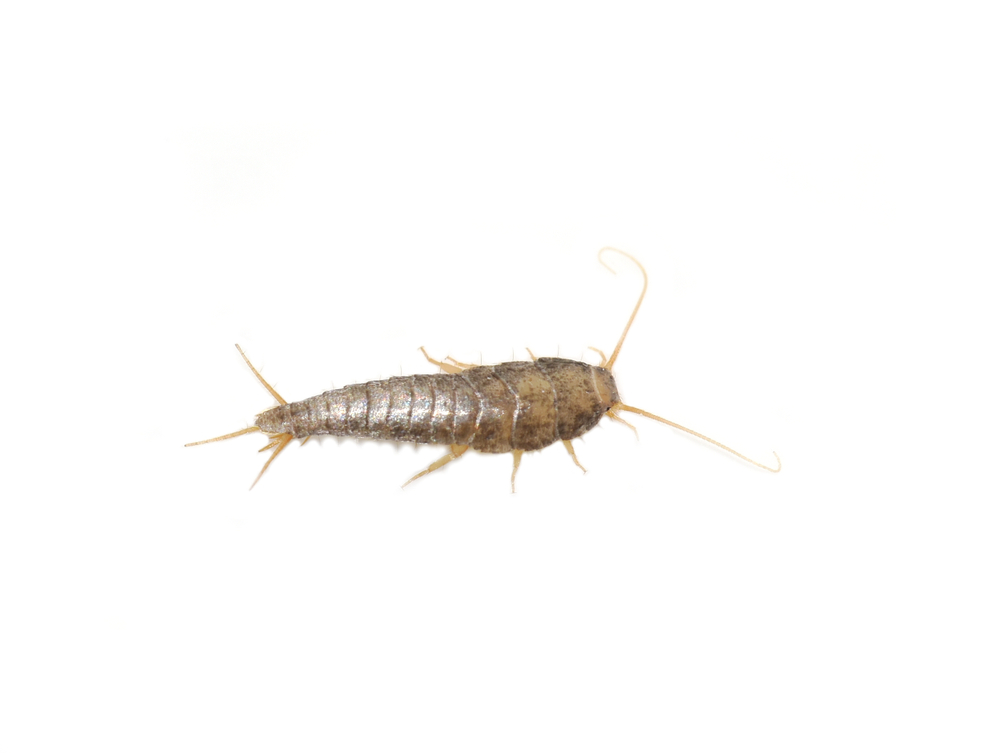
Clown isopod (Armadillidium klugii)
Clown isopods are easily recognised for their bright markings which are thought to be a form of mimicry of the Mediterranean black widow, to deter predators. They come from the coastal areas along the Adriatic Sea, notably Croatia and Montenegro. They are usually found beneath stones and in crevices, where they seek humidity. That being said, these isopods are generally considered a good all-around generalist species, so long as a humid area is available in your bioactive somewhere – which is usually the case even in an arid bioactive setup. They reach a maximum size of 21mm and will eat pretty much any organic material available.

Giant Canyon Isopod (Porcellio dilatatus)
These are an excellent choice for arid setups, so long as a small humid retreat is available. P. dilatatus come from Western Europe and North America, and they grow quite large, owing to their name. They eat organic matter similar to most other isopod species and reproduce at a moderate rate. They don’t have a flashy appearance, but are a good choice for their hardiness in drier setups and affordability.
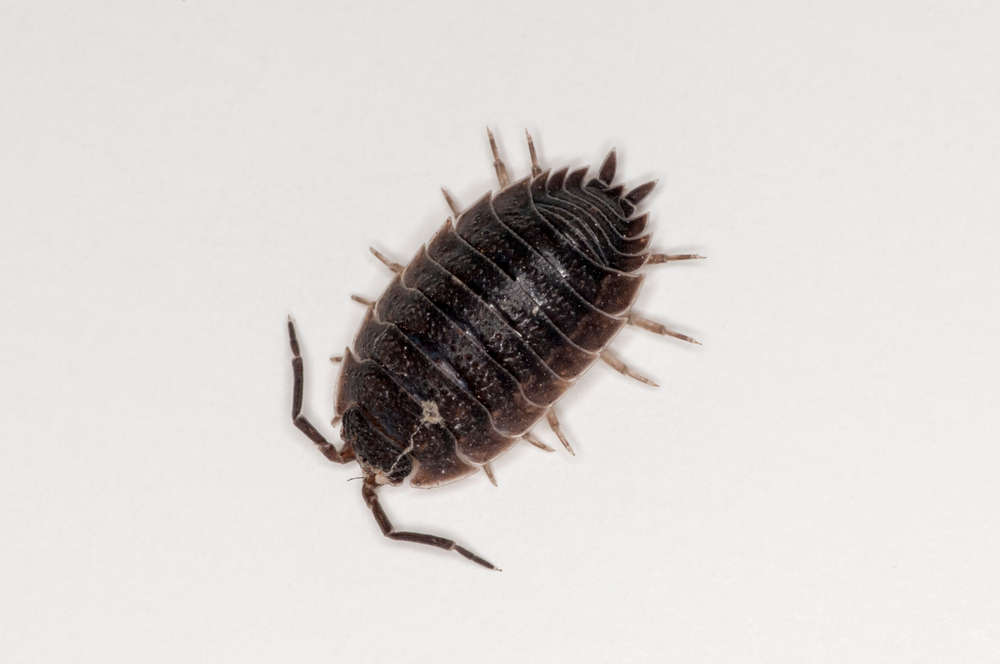
Blue Death-Feigning Beetles (Asbolus verrucosus)
Blue death-feigning beetles are awesome pets in their own right. Sometimes referred to as “ironclad” beetles, these robust, pastel blue insects patrol the Mojave Desert in search of decomposing matter to feed on. When they feel threatened, they will simply “play dead” making them easy to handle, which is part of the reason they are popular “school pets” throughout the US. Sadly, they are notoriously difficult to breed in captivity, which makes them somewhat unsuitable for a “true” bioactive. This species should only be considered for truly arid setups as sustained humidity can be lethal for them.

Darkling Beetles (Tenebrio molitor)
Darkling beetles are essentially metamorphosed mealworms. It is highly likely that most keepers will have encountered these beetles in the past and while they do not make very good feeder insects due to their poor nutritional value, they can make an effective and very affordable bioactive clean up crew. They are capable of tolerating a range of climates but will likely be eaten by any insectivorous reptile reasonably quickly. Therefore, introducing them to omnivorous/herbivorous species (desert iguanas, Uromastyx, adult bearded dragons, etc) will ensure they live a little longer. For other species, there is no need to remove darkling beetles unless they are inadvertently making up a considerable portion of a reptiles’ diet.
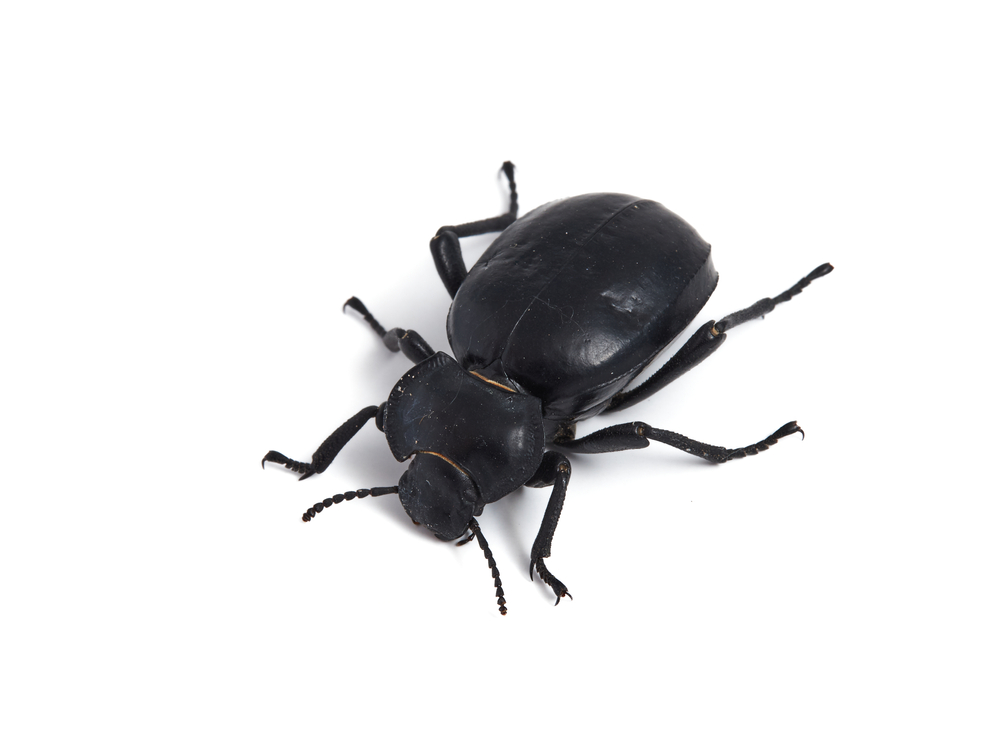
Temperate Bioactive Clean Up Crew
Pill Isopod (Armadillidium vulgare)
These are the common woodlice we see in Europe and the UK. They are hardy and tolerant of some dry conditions, so they should establish well in a tropical or arid setup as long as conditions aren’t too extreme on either end. While the wild type is a bland slate grey, there are a few colour morphs now available thanks to captive breeding, including red, yellow, albino, “orange dalmatian”, or “magic potion”. Whatever the colour, they will all do the same job in your bioactive clean up crew.
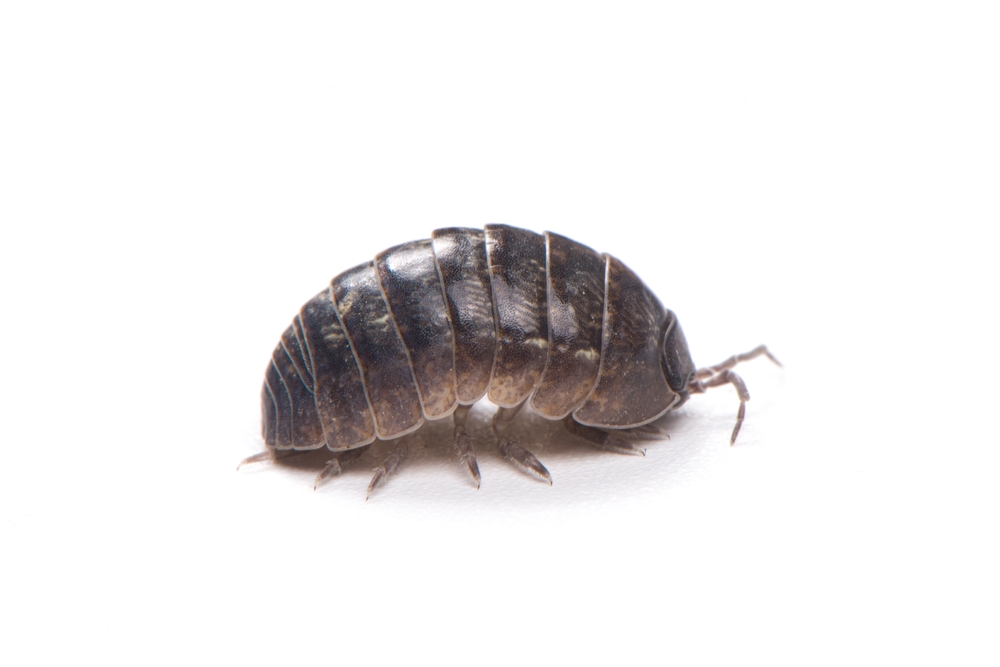
Granulated Isopod (Armadillidium granulatum)
This species is also a safe choice for almost any bioactive, favouring a 50:50 dry and moist environment. Keeping the humid area of your enclosure maintained will provide a good refuge for these isopods. They don’t like to be too wet, so they likely won’t be ideal for a tropical setup that needs frequent heavy misting. Younger individuals may be eaten by inhabitants, but they are a fairly large species when adults. They also sport quite an appealing colouration of yellow splotches.
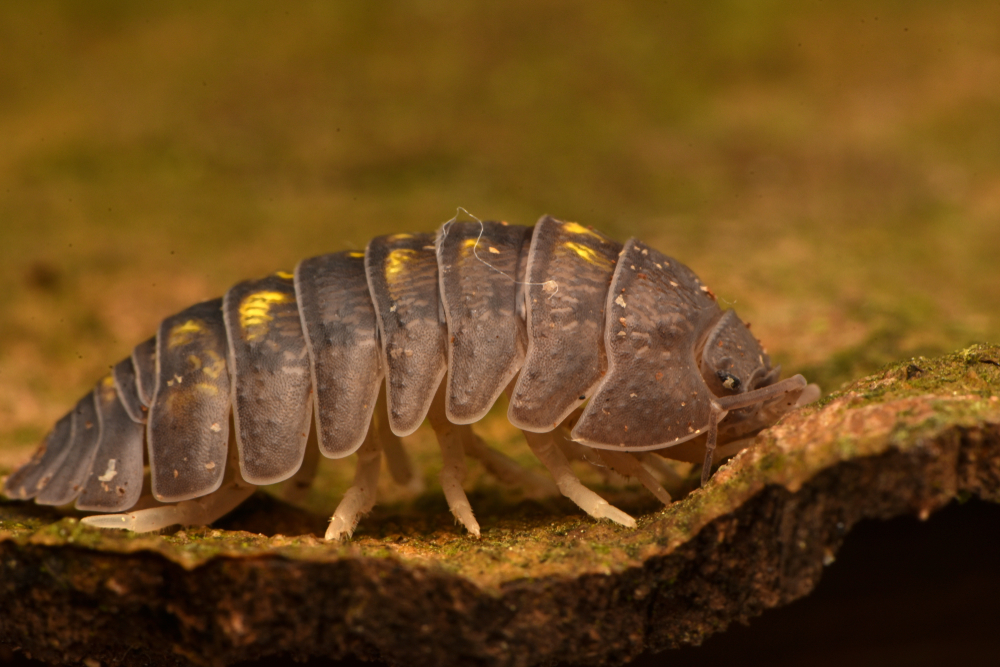
Speckled Isopod (Porcellio scaber)
P. scaber is another common species found throughout Europe and with different colour morphs – such as the popular orange and “dalmatian” varieties. These isopods need 70-80% humidity to thrive and therefore will not do well in an arid environment with low humidity levels. They eat and breed well in captivity.
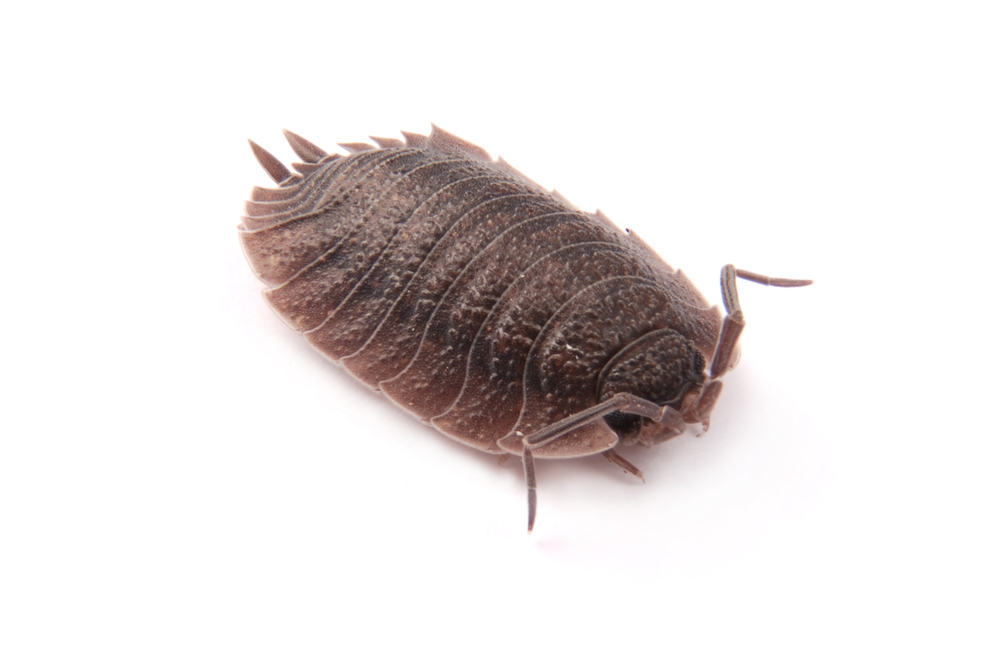
Dermestid Beetles (Dermestes maculatus)
Dermestes maculatus is a species of beetle found in every country across the world except in Antarctica. It is most commonly associated with carrion and decomposing flesh and has been known to strip a dead animal to its skeleton in a matter of days. Whilst this doesn’t sound like the kind of animal a keeper would want to introduce to their collection, they only feed on dead animals and meat. For keepers of blue tongue skinks, monitor lizards, carnivorous turtles or messy snakes, this clean up crew can help polish up the remains of frozen thawed food, chunks of meat and other detritus in your bioactive set up.
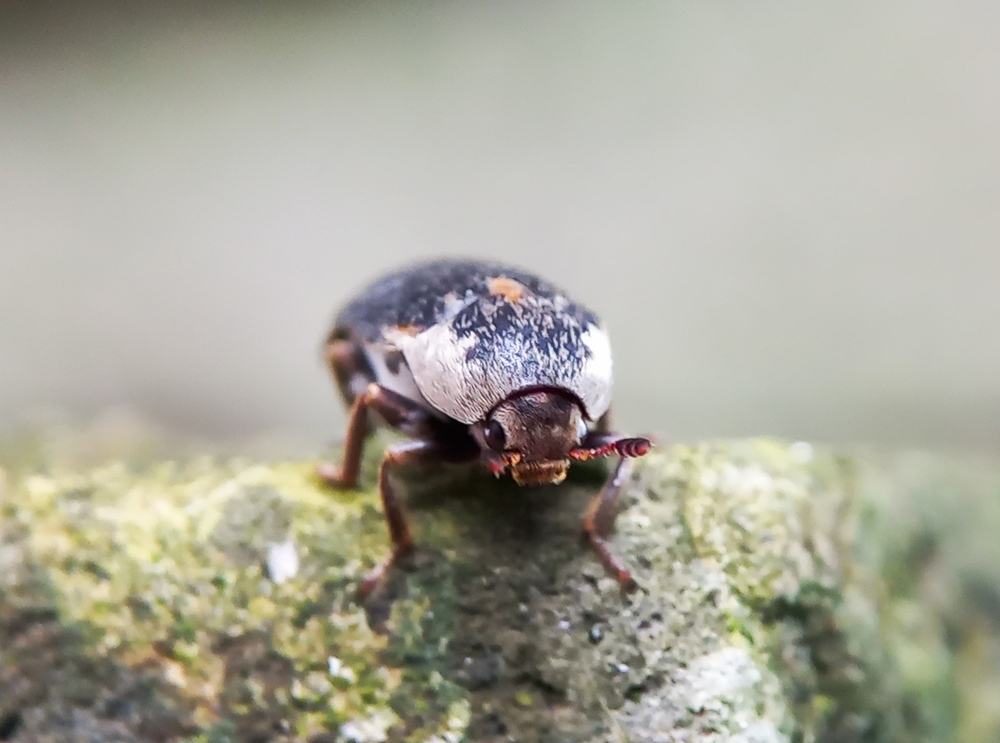
Earthworms (Lumbricus terrestris)
There are numerous species of earthworms available as feeder insects. However, the humble European earthworm is the most well established. Just like in nature, these worms break down complex matter into simpler compounds within the soil, essentially making it easier for plants to absorb nutrients. Their tunnels also aerate the soil which allows for better water flow and creates a better environment for roots to become established. Earthworms are very effective clean up crews, making them ideal for large and deep enclosures both indoors and outdoors.

Tropical Bioactive Clean Up Crew
Springtails (Collembola sp.)
These are tiny hexapods that are found across the world. Collembola is actually one of the ancient lineages, that are no longer considered ‘insects’ and date back almost 400 million years. Because they are found all over the world, they are extremely adaptable and excellent for both tropical and arid setups. They can be cultured within a pot of charcoal and water and provided with grains of dry rice (which then produce mold for the springtails to eat). Of course, if a bioactive set-up is healthy with a good amount of leaflitter or fungus, a single colony of springtails should thrive for many generations.

Dwarf Tropical White Isopod (Trichorhina tomentosa)
These are usually said to be the most common species chosen for tropical setups with high humidity. Dwarf whites are soft bodied isopods that do not roll into a ball, and reproduce asexually. They are small, but hard workers; efficiently cleaning up detritus from the soil and other areas of the environment. T. tormentosa are most popular for keeping alongside amphibians such as poison frogs.
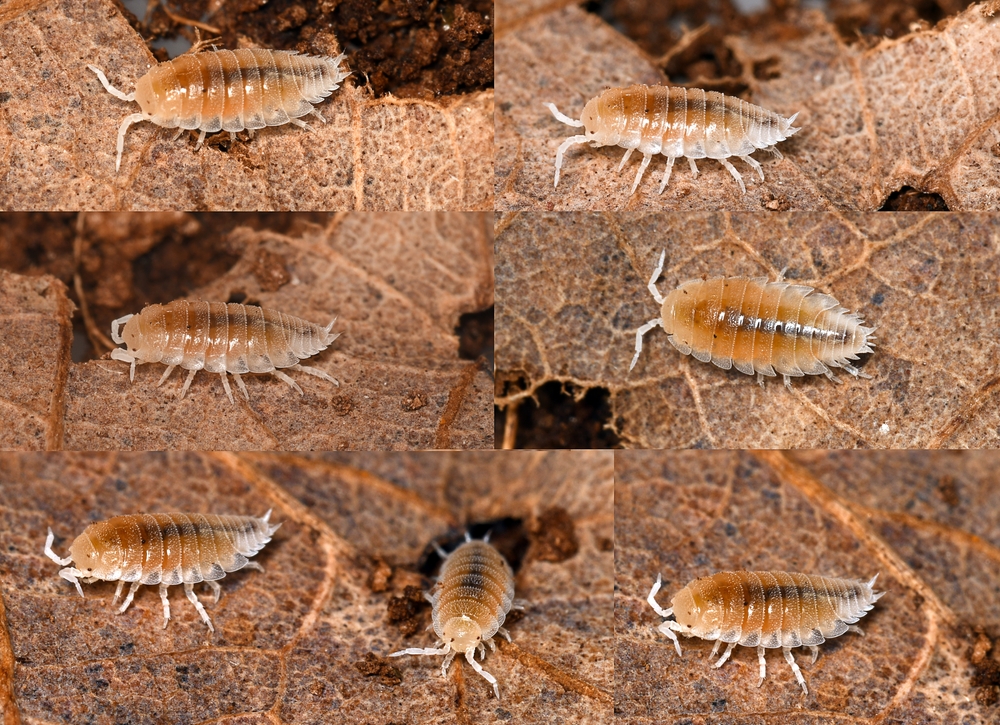
Millipedes (Diplopoda)
Millipedes make fascinating pets and their detritivore diet also makes them excellent clean up crews. There are countless species of millipede available in the exotic pet hobby and invertebrate specialists will undoubtedly offer more specific husbandry information than this guide can provide. However, there are a few things to consider with millipedes; firstly, some species can be toxic. Species that live side-by-side in the wild will learn to avoid toxic prey, but mixing millipedes with reptiles and amphibians from other parts of the world can result in predation. To avoid this, try picking an appropriately sized species. Secondly, millipedes are ravenous feeders and may feed on terrarium plants if there is a shortage of leaf litter or organic materials in the terrarium. They are best used as clean up crew in large, well-established bioactive terrariums.
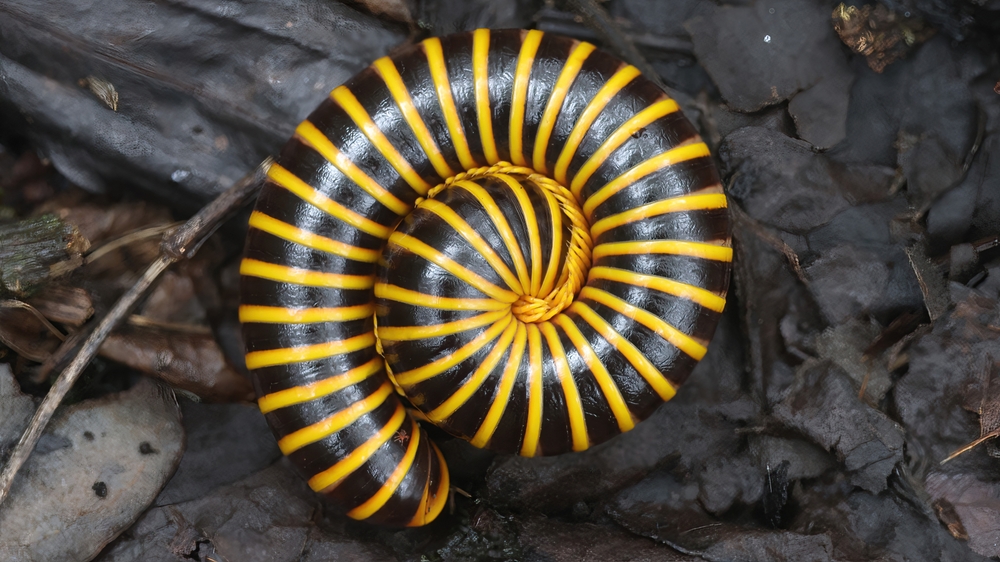
White Worms (Enchytraeus albidus)
White worms are a staple in the aquarist industry and have been since their mass cultivation in the 1940’s former Soviet Union to provide a highly nutritious food source to fish. Today, they are frequently used to feed fish, newts, salamanders and some frogs. This makes them the ideal clean up crew for a paludarium setup, as any worms that fall into the water will wriggle wildly before a fish or turtle snaps them up. They also breed more prolifically than earthworms, so having them available in a frog tank can make for a more reliable supplementary food source. Once introduced to the bioactive clean up crew, the worms should breed and thrive providing that the soil pH is reasonably neutral (6.8-7.2) and constantly moist. White worms will feed on a range of decaying matter but supplementary bread crumbs can help the population establish or grow.
